Once relegated to gaming and entertainment applications, virtual reality (VR) technology is now delivering ROI-driven results for organizations across multiple industries today. The immersive, interactive, engaging nature of modern VR experiences opens doors to new possibilities for improved employee training, enhanced collaboration, and accelerated engineering.
And these applications call for a device that’s designed for the modern workforce.
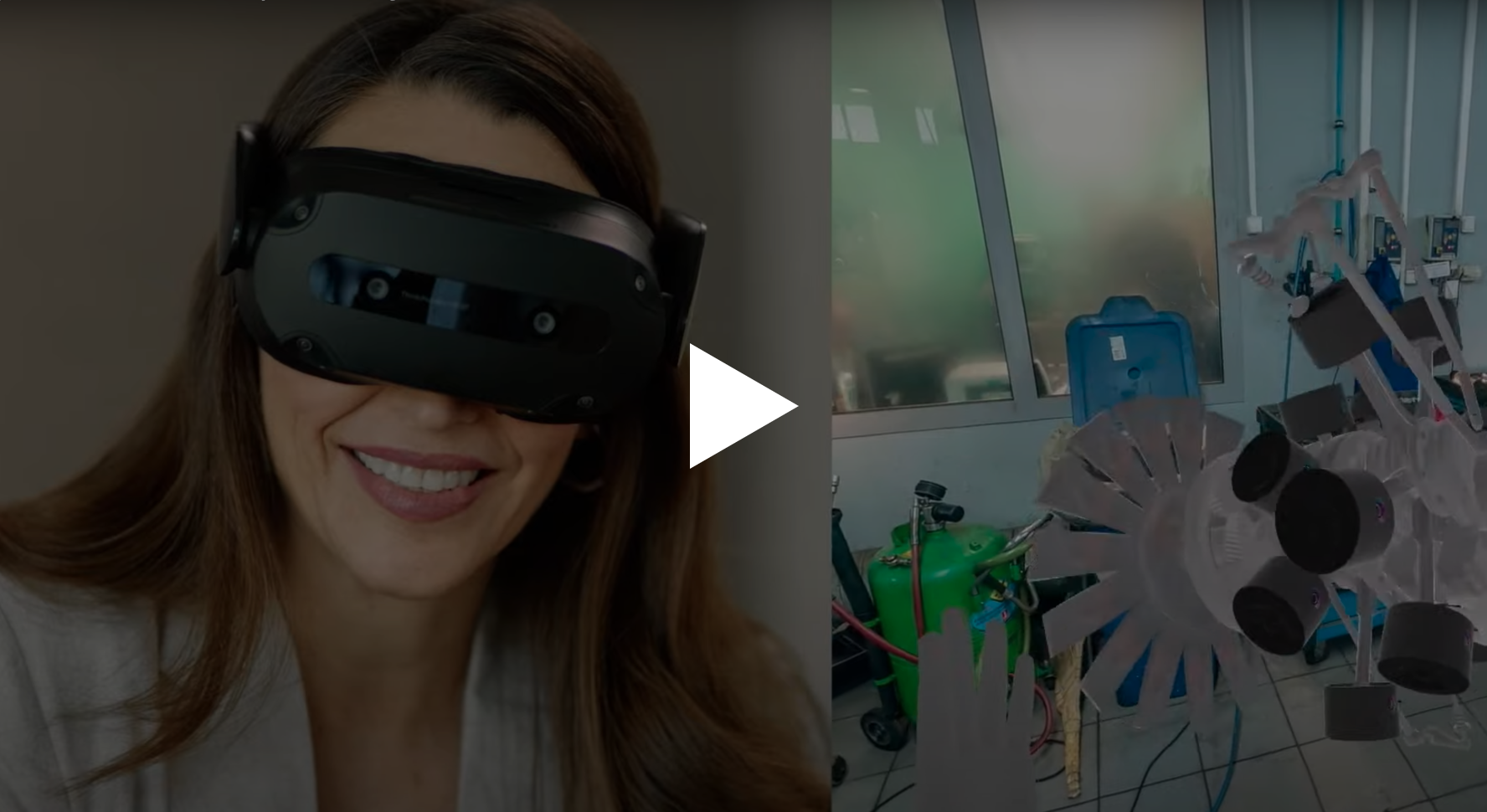
Virtual reality provides an ideal environment for upskilling and multiskilling a hybrid workforce. With the introduction of untethered devices that support six degrees of freedom (6DoF), learners are free to explore simulated experiences that deliver effective instruction on a wide range of skills.
Customer service, sales and retail
training, leadership, HR tasks
Machine assembly/repair, medical
applications, workplace safety
In addition to reducing the time and travel required, VR training can also improve workplace safety. And it scales cost-effectively as the number of learners increases.
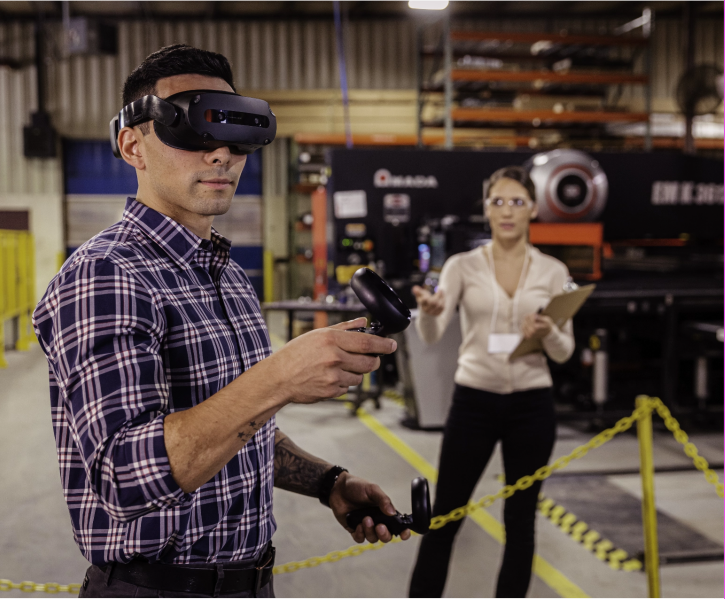
Customer service, sales and retail
training, leadership, HR tasks
Machine assembly/repair, medical
applications, workplace safety
In addition to reducing the time and travel required, VR training can also improve workplace safety. And it scales cost-effectively as the number of learners increases.
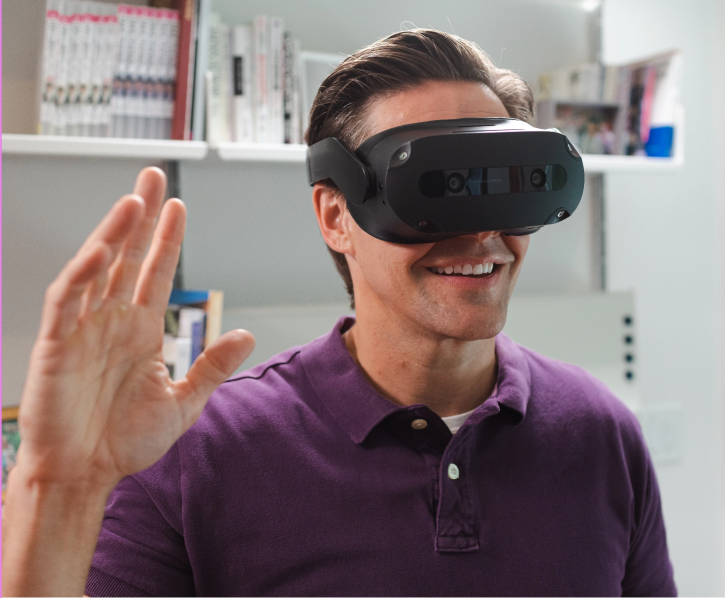
Remote collaboration has become part of everyday life in the modern workplace, but it’s still very much an “I’m here, you’re there” experience. VR holds the promise of breaking down that barrier, creating a more equitable experience, and allowing employees to share and collaborate in ways never before possible — even in live, in-person settings.
With VR collaboration, multiple users interact with 3D engineering models or digital twins for manufacturing, healthcare, retail, and other human-centric industries. And as with training, by reducing the need for travel VR collaboration can help organizations reduce their overall carbon emissions.
Virtual reality allows users to interact with their work in a whole new way. Rather than 3D images displayed in a 2D format, engineers and designers can easily visualize designs at scale for new perspectives and insights.
With headsets that incorporate passthrough cameras for mixed reality applications, they can also see how their creations fit into the real world. And that means less rework, faster iterations, and faster times bringing innovations to market.
These applications can require significant computing power, which is why the ThinkReality VRX can operate as a stand-alone device or tethered (USB-C cable or Wi-Fi) to a computer or workstation.
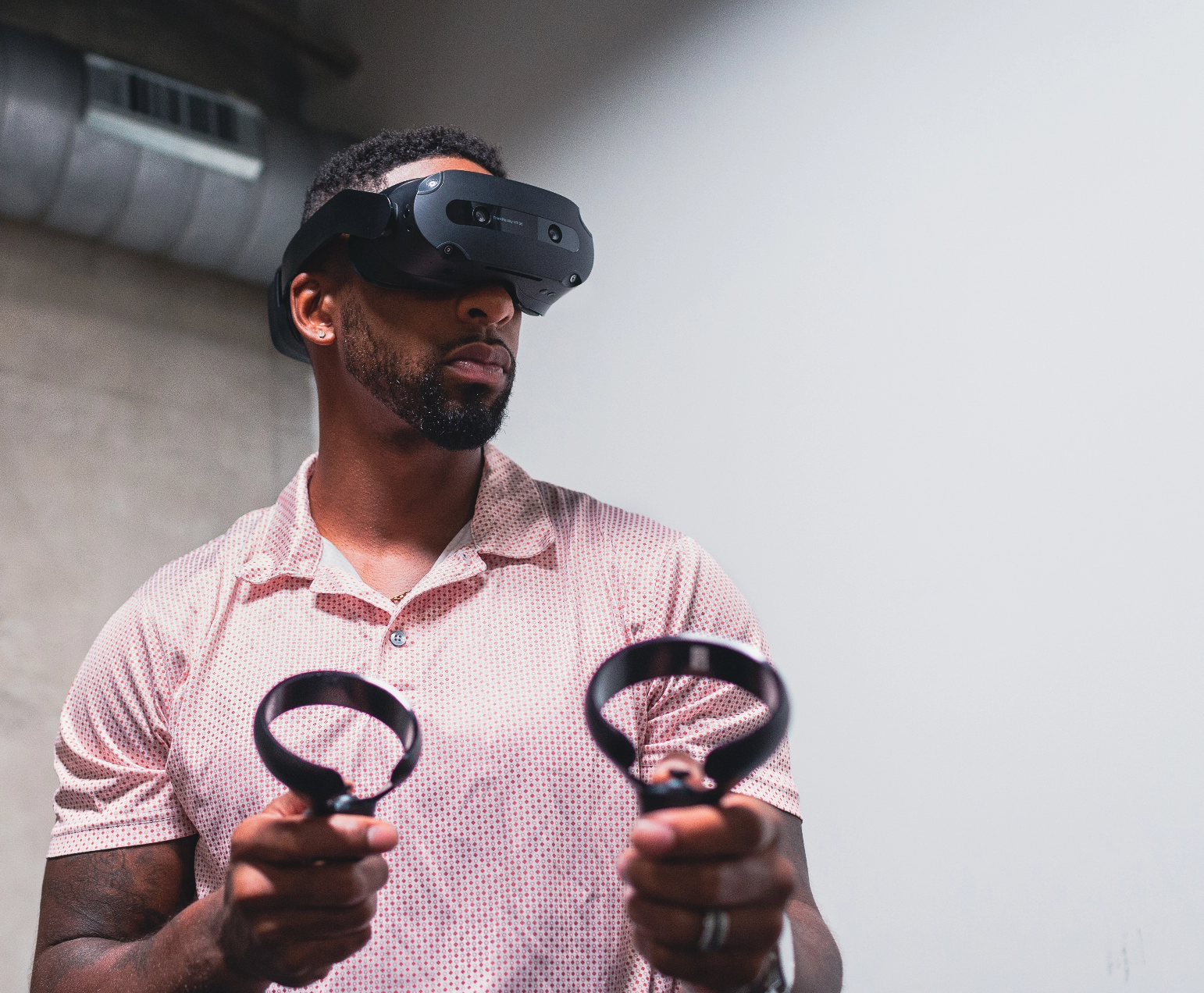
Unlike VR headsets designed for gaming or entertainment, the ThinkReality VRX incorporates features designed to handle workplace demands.
Powered by Snapdragon® XR2+ Gen 1 Platform
Use onboard storage and processing or tether to a PC
Ideal for augmented or mixed reality use
Compact and comfortable for extended use
Broader access, long life, and reliable operation
Help protect user privacy and identity
The Lenovo ThinkReality VRX also comes with something not often found in the VR marketplace — the backing and experience of a global technology leader with a long history of proven innovation. Take the smarter step into enterprise VR and see what makes ThinkReality VRX the VR that works.
Service and support available in multiple markets
Work with multiple MDM and training software providers
Develop/deploy content and manage devices from a single interface
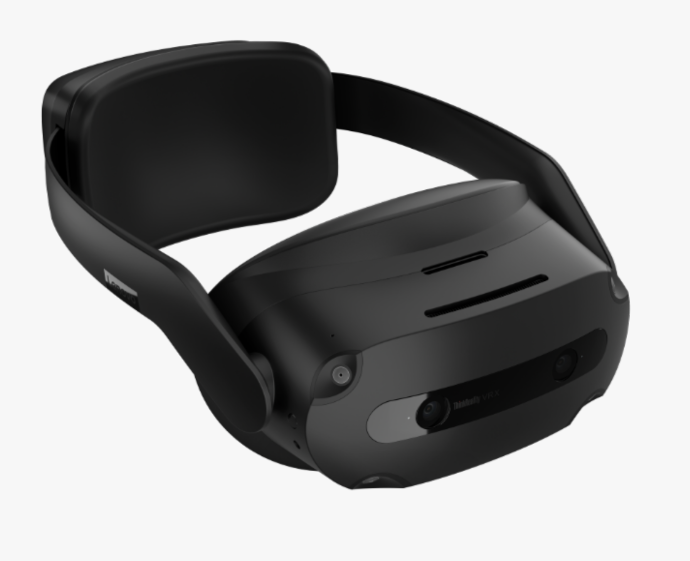
Lenovo service representatives can help resolve any hardware or software questions or concerns